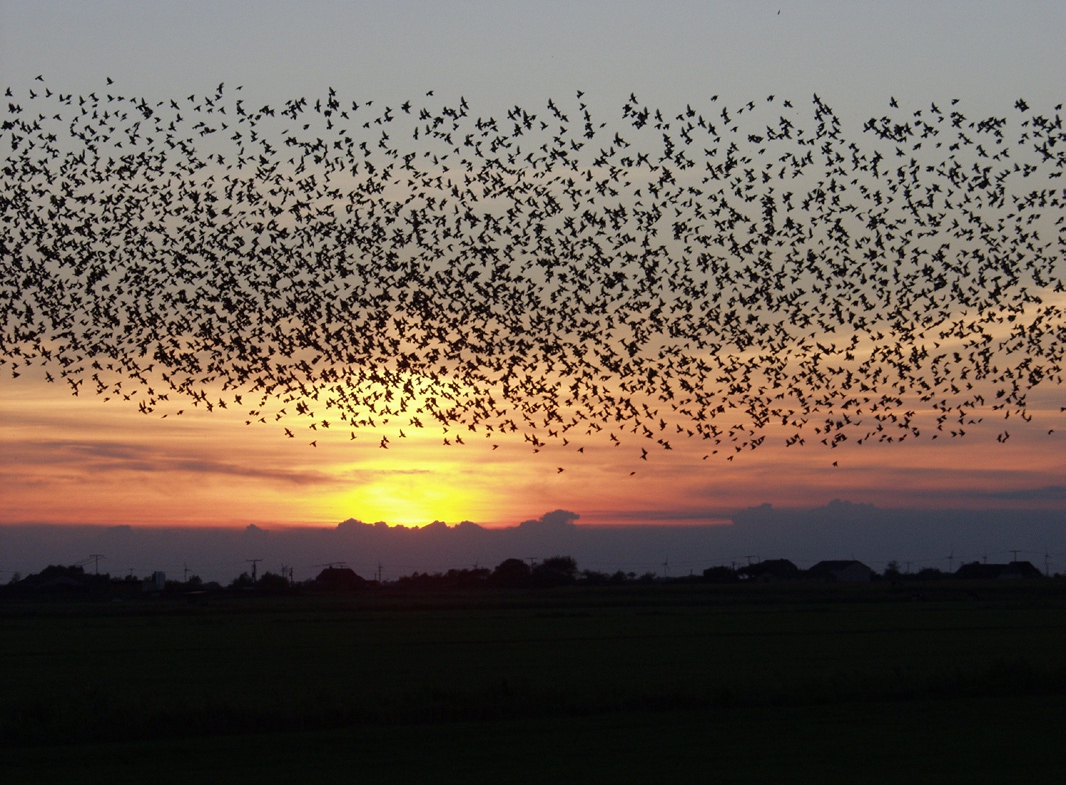

While there are some examples of positive influences of artificial light on individual fitness, such as bats depredating easier-to-detect insects 5, there is mounting evidence of detrimental effects of artificial light on animals 4. Over the last decade, there has been a rapid increase in empirical studies on the effects of light pollution on animals, encompassing organismal physiology, phenology, onset of activities, life history traits such as size, cognition or predation risk, and abundance and diversity of populations 4. Artificial light has changed the natural day-night regime across almost a quarter of the globe and is increasing by 2% every year 2, 3. Thus, we recommend lower light intensity, red colour, and shorter duration of ‘light-on’ periods as mitigation measures to reduce the effects of light at breeding colonies and in their vicinity.Įcological light pollution has been defined as “artificial light that alters the natural patterns of light and dark in ecosystems” 1.


This effect was stronger with higher light intensity, increasing duration of ‘light-on’ periods and with green and blue compared to red light. We compared number of flying shearwaters under dark conditions and in response to an artificially introduced light, and observed fewer birds in flight during ‘light-on’ periods, suggesting that adult shearwaters were repelled by the light.

The density of birds in flight above the colony was measured using a thermal imaging camera. Here, we demonstrate how different light characteristics can affect the nocturnal flight of Manx shearwaters Puffinus puffinus by experimentally introducing lights at a colony subject to low levels of light pollution due to passing ships and coastal developments. Hence, understanding their responses to different wavelengths and intensities of light is urgently needed to inform mitigation measures. Nocturnally active Procellariiform seabirds are often found grounded in areas polluted by light and struggle to take to the air again without human intervention. There is increasing evidence for impacts of light pollution on the physiology and behaviour of wild animals.


 0 kommentar(er)
0 kommentar(er)
